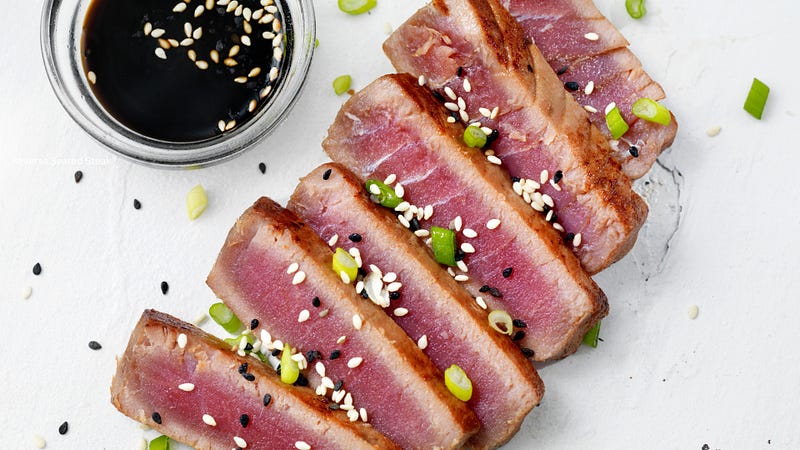The Secret to Restaurant-Quality Reverse Seared Steak at Home
Nothing beats the taste of a perfectly cooked steak, especially when it’s seared to perfection with a juicy, tender interior. The Reverse Seared Steak method has become a game-changer for home cooks, promising restaurant-quality results every time. This is the way you can accomplish that ideal converse singed steak at home.
Understanding the Reverse Sear Method
The Reverse Seared Steak method flips the traditional approach to cooking steak on its head. Instead of searing the steak first and then finishing it in the oven, you start by slow-cooking the steak and then finish with a high-heat sear. This technique offers several advantages:

Even Cooking: Slow-cooking the steak ensures that the interior reaches an even temperature, eliminating the risk of overcooked edges and a raw center.
Perfect Sear: By finishing with a high-heat sear, you get a deliciously crispy crust without compromising the interior’s doneness.
Flexibility: The reverse sear method is more forgiving, giving you more control over the final doneness of your steak.
Choosing the Right Steak
The quality of your steak is crucial. Search for very much marbled cuts like ribeye, strip steak, or filet mignon. These cuts benefit most from the reverse sear method due to their thickness and fat content, which translates to more flavor and tenderness.
Step-by-Step Guide to Reverse Searing
1. Preparing the Steak
Season Generously: Start by seasoning your steak with salt and pepper. For added flavor, you can use a steak rub or a mixture of garlic powder, onion powder, and paprika.
Allow It To rest: Permit the steak to rest at room temperature for around 30 minutes. This assists the steak with cooking all the more equally.
2. Slow Cooking
Preheat the Oven: Set your oven to 250°F (120°C). This low temperature ensures gentle cooking.
Utilize a Wire Rack: Put the steak on a wire rack set inside a baking sheet. The rack allows air to circulate around the steak, promoting even cooking.
Cook to Desired Temperature: Insert a meat thermometer into the thickest part of the steak. Cook until the internal temperature reaches 10–15°F below your desired doneness. For medium-rare, aim for 115–120°F (46–49°C).
3. The Sear
Heat a Cast-Iron Skillet: Get your skillet smoking hot. A cast-iron skillet is ideal because of its intensity maintenance properties.
Add Oil: Use a high smoke point oil like canola or avocado oil.
Burn the Steak: Place the steak in the skillet and singe for around 1–2 minutes for every side until an earthy colored outside layer structures. Don’t forget to sear the edges too!
Butter Basting (Optional): For an extra layer of flavor, add a knob of butter, crushed garlic cloves, and fresh herbs like rosemary or thyme to the skillet. Treat the steak with the dissolved margarine as it burns.
4. Resting
Let It Rest: Once seared, let the steak rest for 5–10 minutes. Resting allows the juices to redistribute, resulting in a juicy steak.
Tips for Perfect Reverse Seared Steak
Patience is Key: Don’t rush the process. Slow cooking at a low temperature is what makes this method so effective.
Invest in a Meat Thermometer: Accurate temperature control is crucial for perfect doneness.
Experiment with Seasonings: Customize your steak with different rubs and marinades to suit your taste.
Conclusion
The opposite burn strategy is a clear yet extraordinary method for cooking steak at home. By taking the time to slow-cook and then sear, you can achieve a perfect steak every time — tender, juicy, and beautifully seared. For more tips, recipes, and techniques on perfecting your steak, check out Rogue Cookers.
Enjoy mastering the Reverse Seared Steak technique and treating yourself to restaurant-quality steak in the comfort of your own home!
Comments
Post a Comment